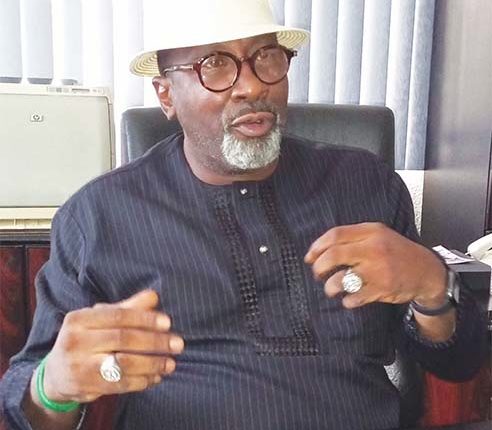Addressing the power challenges in Nigeria is a crucial step towards achieving success in the country’s 365-day development plan.
By Abayomi Odunowo
The issue of power in Nigeria is a pressing one that requires a holistic approach to resolve. It is clear that the current system has failed, as evident from the lack of progress since 1999 despite various attempts to address the issue.
One potential solution that has been proposed is the implementation of the PAWA 774 initiative, which aims to provide power between 1MW-10MW in each local government using renewable energy sources. This approach has the potential to generate 774 MW in just 6 months, or 7740 MW across the country by utilizing a combination of renewable energy sources.
However, in order to truly resolve the power crisis in Nigeria, it is essential that all stakeholders come together to agree on a comprehensive plan of action. This may involve investing in research and development of new technologies, improving infrastructure, and addressing regulatory and policy frameworks. Additionally, there needs to be a focus on improving efficiency, reducing waste, and promoting energy conservation practices. Only through a coordinated and holistic approach can we hope to finally solve the power problem in Nigeria.
Distributed generation offers the advantage of improved power availability for a country with a large population and vast area by reducing transmission losses, enhancing grid stability, and providing localized power generation closer to end-users.
This decentralized approach minimizes the need for extensive transmission infrastructure, making power more reliable and accessible. Additionally, distributed generation systems, such as solar panels and wind turbines, can be strategically located to ensure continuous power supply, especially in remote areas. By harnessing renewable energy sources locally, distributed generation helps mitigate environmental impacts and offers a more sustainable power solution for the future. In addition to this we also need to approach the problem
By redesigning and implementing the power grid of a large country like Nigeria with a growing population and energy demand involves a multi-faceted approach that considers various aspects of power system design and operations, this must include the following.
Accurately predicting the current and future electricity demand is crucial for determining the optimal size, location, and type of generation and transmission facilities.
Selecting the most suitable sources of electricity production, such as fossil fuels, renewables, nuclear, or hybrid systems, based on availability, cost, environmental impact, and reliability.
Determining the optimal configuration, capacity, and routing of high-voltage transmission lines and substations, as well as the protection and control devices that ensure the stability and security of the power grid
Designing the low-voltage distribution lines and transformers, as well as the metering, monitoring, and automation systems that enable the efficient and reliable operation of the power grid. Incorporating the integration of distributed energy resources, such as rooftop solar panels, Energy storage, electric vehicles, and smart appliances, that can provide additional benefits to the power grid.
Power electronics simulation and design tools: Modeling, analyzing, and optimizing the performance and behavior of the power grid components and devices using power electronics simulation and design tools.
Verifying and demonstrating that the power grid design meets the specifications and standards that regulate voltage, power quality, stability, security, and interconnection, as well as the rules and obligations for generation, transmission, distribution, and consumption of electricity.
Predicting electricity demand and adjusting grid operations accordingly, implementing demand-side management programs to encourage consumers to shift their electricity usage to off-peak hours, and developing time-of-use pricing mechanisms to incentivize consumers to reduce electricity consumption during peak demand.
Encouraging the adoption of renewable energy sources, developing grid integration and cybersecurity policies and incentives, regularly updating software and systems to address vulnerabilities and mitigate potential threats, conducting cybersecurity audits and assessments, and developing and implementing cybersecurity incident response plans.
Improving physical security measures at power plants, substations, and transmission lines to prevent unauthorized access and sabotage, installing security cameras, motion detectors, and access control systems, conducting regular security audits and assessments, and collaborating with law enforcement and security agencies to enhance the physical security of the power grid.
Allocating more resources for research and development to explore innovative technologies and solutions for improving grid reliability, optimizing efficiency, harnessing renewable resources, and shaping the future of sustainable energy.
Implementing these strategies and solutions will stabilize and enhance the reliability of the electrical infrastructure, reduce the frequency and duration of outages, and ensure a secure and resilient power supply for communities and businesses.
Media Contacts
Otunba Abdulfalil Abayomi Odunowo
National Chairman AATSG
URL: www.aatsg.org.ng
Tel: +2349053535322
Email: [email protected]





